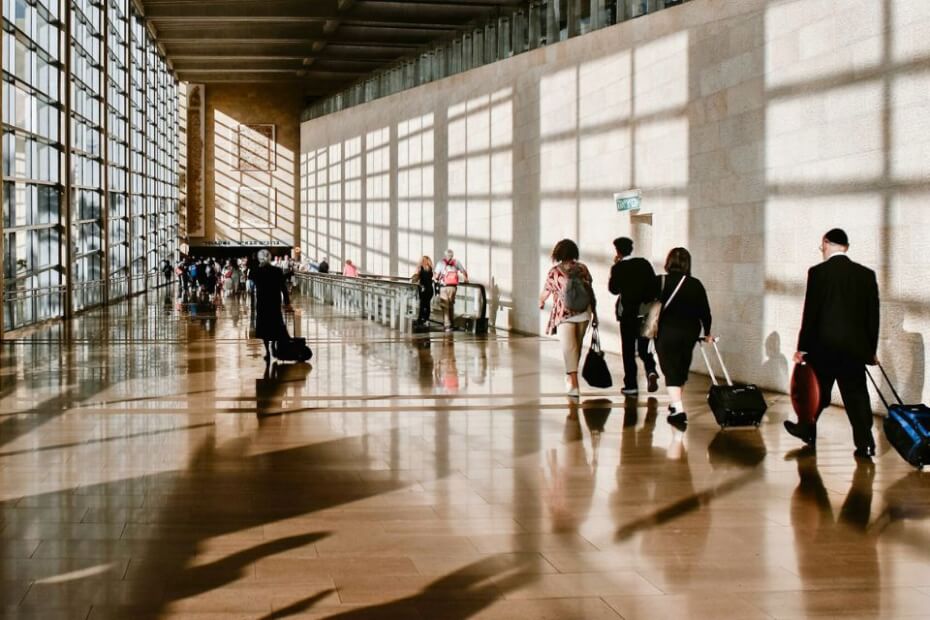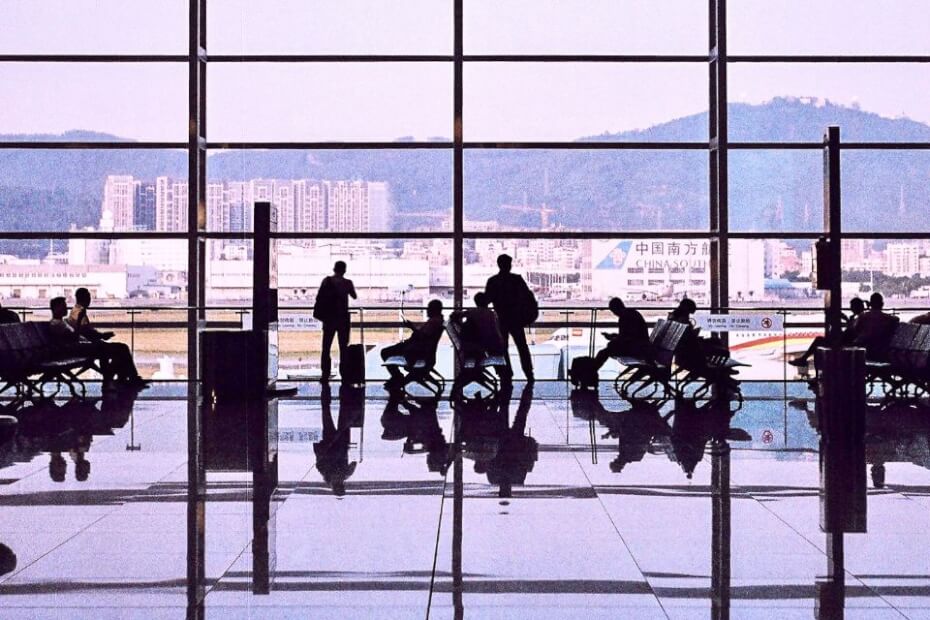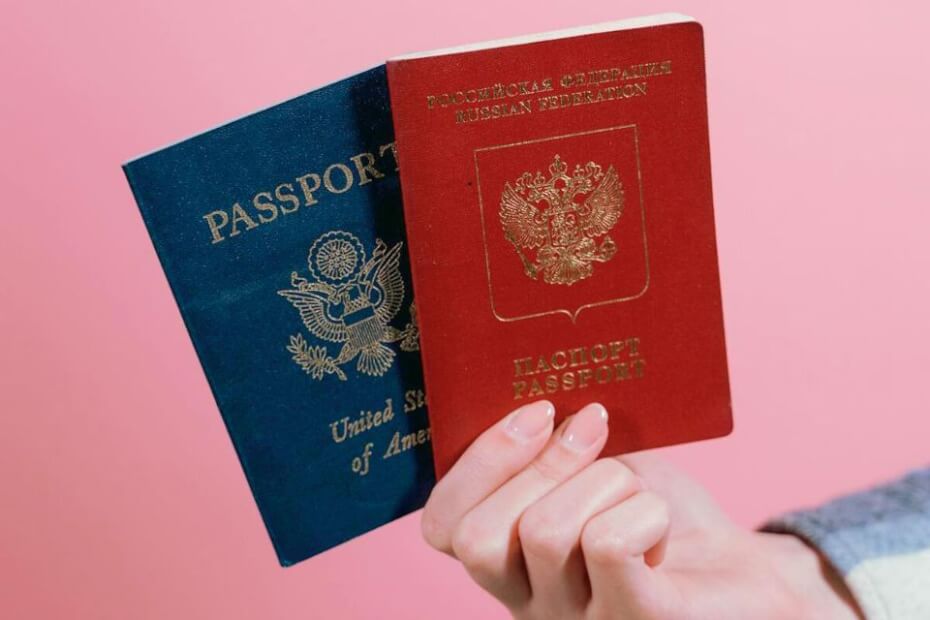
By 2025, all travelers who previously only needed their passports will need an Electronic Travel Authorisation (ETA) to visit the United Kingdom (UK). This includes certain transit travelers.
This includes transit travelers who must go through UK immigration control must apply for authorization before their trip.
As of 16 January 2025, non-visa transit travelers who remain airside or who do not need to pass through UK border control to change planes are temporarily exempted from needing an ETA.n
This article breaks down the UK travel rules for transit passengers, whether you’re stopping over for a few hours or staying overnight.
The UK ETA launches for all non-visa travelers in 2025.
This UK ETA is a new digital travel permit system that aims to improve security by allowing the government to pre-screen all travelers.
It is mandatory for travel purposes such as tourism, visiting family and friends, permitted business activities, and short-course study. It is also required for those coming to the UK under the Creative Worker Visa Concession and for transit.
Non-visa travelers can apply for an ETA online, which costs £10 per application. However, transit travelers do not need to pay each time they transit through UK airports.
If granted, an ETA is valid for two years or until the passport it is linked to expires, whichever comes first.
UK-bound travelers from Bahrain, Kuwait, Oman, Qatar, Saudi Arabia, and the United Arab Emirates (UAE) already use the ETA.
Non-European travelers can apply for the travel permit starting 27 November 2024. It will be required for their trips to the UK beginning 8 January 2025.
European nationals, except Irish citizens, must have an ETA for trips to the UK on and after 2 April 2024. They can apply for digital authorization on 5 March 2025.
Will non-visa travelers transiting through the UK need an ETA?

Certain non-visa travelers who are transiting or just passing through the UK towards their destination must have an ETA.
There are two types of transit: Airside Transit and Landside Transit.
Airside Transit
Airside transit means travelers remain in the airport’s secure area without going through UK border control. For example, a passenger has connecting flights from the airport on the same day. They do not have to go through immigration checks to change planes.
Landside Transit
On the other hand, landside transit involves travelers who may have more waiting time, typically overnight, for their connecting flights. It could also apply to those who need to change airports and go through UK immigration checks. An example is travelers arriving at Heathrow Airport and catching a flight from Gatwick Airport the next day.
Transit travelers who must go through UK immigration control to transfer to their onward connecting flights must apply for authorization before their trip.
Those who remain airside or in the airports’ secure area and, technically, do not enter the UK are exempt from needing an ETA. This exemption only applies to transit passengers at Heathrow and Manchester airports
How to apply for an ETA for Transit
Since the UK’s new digital travel permit allows multiple visits, non-visa transit travelers do not need to pay for an ETA application every time they transit through the UK.
Non-visa travelers only need to pay for an ETA once every two years unless their passport expires before the digital travel permit’s two-year validity. To continue being allowed to travel to the UK for transit, they must have an ETA.
Here’s a step-by-step breakdown of the ETA application process.
1. Complete the online application form.
This includes providing personal and passport details, a recent passport photo, and answering security questions.
2. Pay for the £10 application fee online.
This can be done through a credit or debit card, Apple Pay, or Google Pay.
3. Wait for the ETA decision.
Whether an ETA application was denied or approved, the Home Office will send an email to the address the traveler used in the ETA application form.
An ETA application is typically processed in three days, give or take. Often, ETAs are granted within minutes after submitting an application. Still, there are instances wherein processing can take more than three days, so it’s better to apply with a good lead time.
If granted, the ETA will be automatically linked to the passport the traveler indicated in the application form. It allows for multiple trips to the UK over two years or until the passport it is linked to expires, whichever comes first.
If my ETA application is denied, do I need to apply for a UK Transit Visa?

Like other non-visa travelers, landside transit passengers denied an ETA must have a UK Transit visa to change planes in the UK.
There are two types of UK Transit visas, depending on whether or not they will be passing through border control.
Direct Airside Transit visas are for those who remain airside. This is for those changing flights in the UK and will not be going through UK border control. This visa is valid for only 24 hours and does not allow travelers to leave the airport’s secure area.
Visitor-in-transit visas are for those transiting through the UK and crossing border control. The visa allows them to stay in the UK for up to 48 hours. It is ideal for layovers requiring an overnight stay or airport transfer.
Those staying in the UK for more than 48 hours or frequently visiting the UK for transit can apply for a Standard Visitor visa instead.
How to apply for a UK transit visa
Visa-required travelers must apply for a transit visa every time they transit through the UK. Here’s how to apply for a transit visa.
1. Complete the online application form.
This includes providing personal and passport details, travel plans, and reasons for transiting in the UK.
2. Gather the required documents.
These include passports, other travel documents, and proof of onward travel. Proof of onward travel means presenting a flight booking email, a ticket or boarding pass, either printed or on your phone, or a confirmation from a travel agent.
Those traveling to a country they are not citizens of must have evidence that they are allowed to enter that country. This typically means having a residence permit, green card, or valid visa.
Those who are not residents or citizens of the country they are traveling to may need to explain their travel purpose and submit accommodation details.
3. Schedule and attend an in-person interview and submit biometrics.
During the interview, travelers must present the requirements. This includes their passport, proof of onward travel, and any other supporting documents. They must also answer questions from a UK official.
At the visa application center, they must also submit biometric data, such as having their photos and fingerprints taken.
4. Pay for the transit visa.
A Direct Airside Transit visa costs £35, while a Visitor in Transit visa costs £64. These fees may change slightly depending on the country from which the traveler is coming from.
5. Wait for the visa decision.
The Home Office will send an email to the visa applicant containing the decision on their application. It will also have instructions as to what the traveler must do next.
Typically, a UK transit visa takes at least three weeks to process. However, travelers may be able to fast-track their application, depending on the country from which they are applying for the visa. Check with the visa application center if this is an option.
ETA and transit visa exemptions

Those who already have a UK transit visa do not need an ETA. Additionally, certain travelers are exempt from needing an ETA or transit visa. These include:
- Those who hold an EU Settlement Scheme family permit. These are family members of someone from the European Union (EU), Switzerland, Norway, Iceland, or Liechtenstein, or family members of an eligible person in Northern Ireland.
- Those who hold a Home Office travel document. This applies to those who come to the UK as refugees or stateless persons.
- Those who hold a UK Standard Visitor visa. This visa allows travelers to stay in the UK for up to six months. There are also types of Standard Visitor visas that are valid for two, five, or ten years.
- Those who hold a UK Marriage Visitor visa.
Travelers can check if they need an ETA or visa on the UK Government’s official website.
Evolving UK travel rules
Whether you’re flying through the UK for a few hours or staying overnight, knowing your transit requirements is essential. Most travelers will find the ETA easy to apply for and cost-effective. Still, some travelers may require a visa.
However, many travel industry officials are against the ETA requirement, especially for transit travelers who remain airside. The Home Office has been firm on the ETA requirement for transit travelers, but this could still change.
To avoid complications, confirm the latest rules on the UK Government’s official website and apply for an ETA or visa early. By staying informed, you can make your journey through the UK hassle-free.

